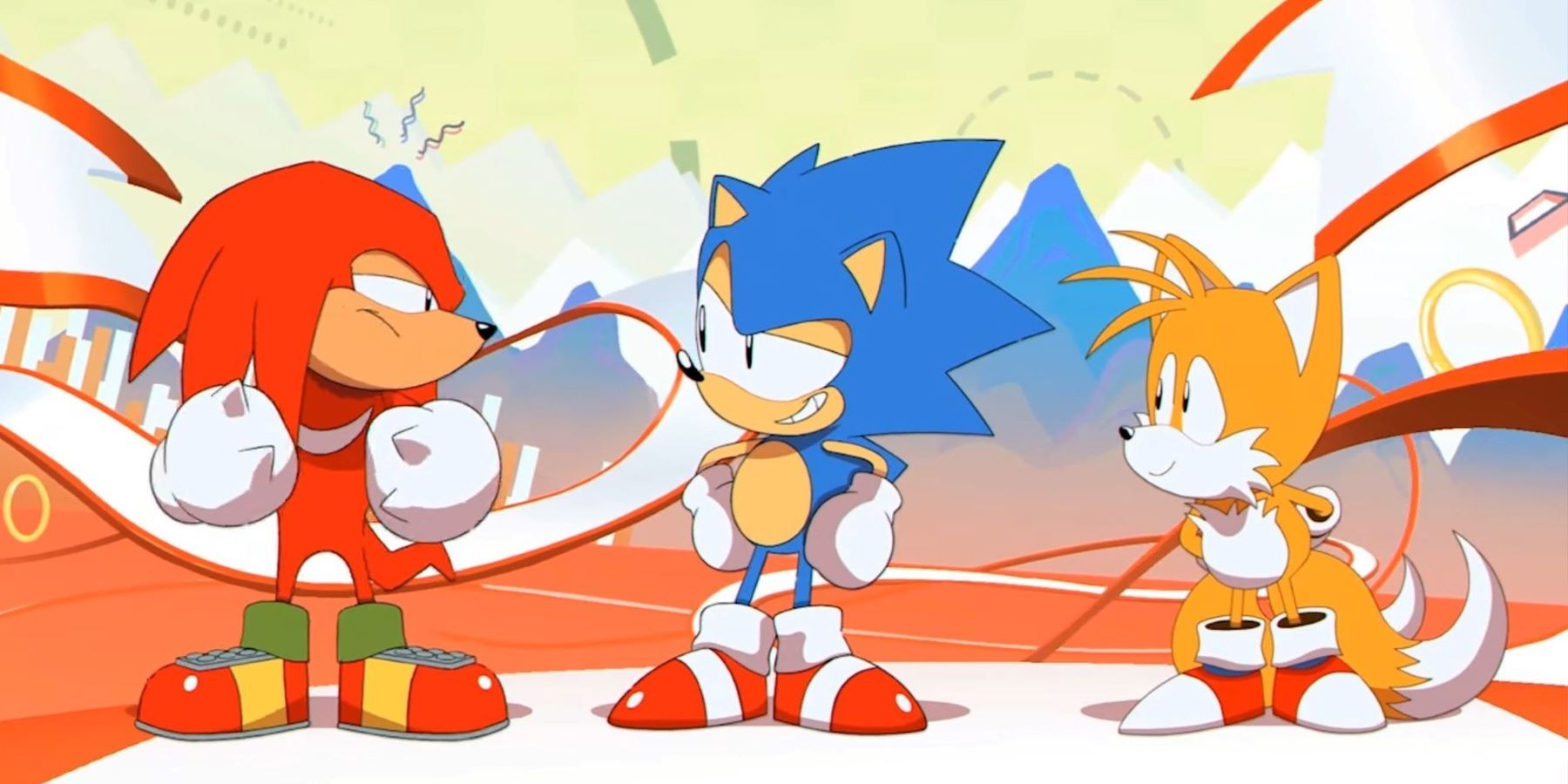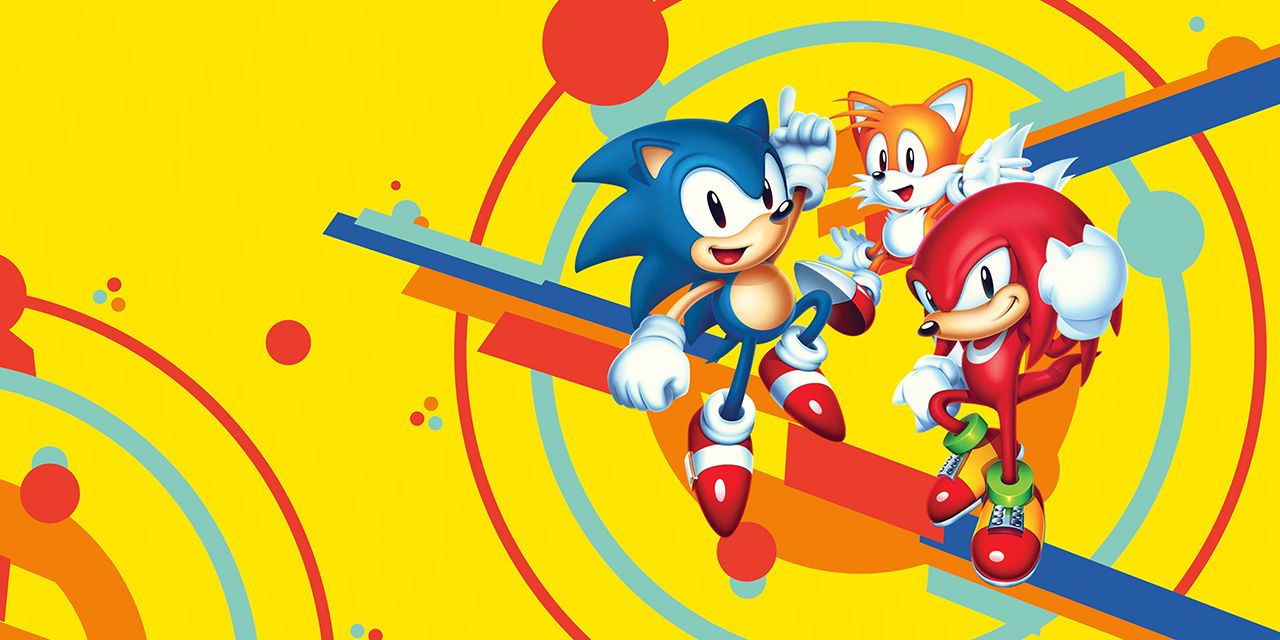It's been over five years since the release of Sonic Mania, and it remains a jewel in Sonic's crown. However, with the recent release of Sonic Frontiers, a potential area of concern is creeping into the franchise that could be resolved in a sequel to 2017's masterful 2D platformer. Sonic Mania represents the success of building on the well-established gameplay of the classic 2D games while incorporating creative and unique level designs, and a sequel could expand on this even further.
The gameplay of Sonic Mania is immediately recognizable to fans of the original games, as Sonic is responsive and nimble, yet increasing his momentum can have players flying across the screen at blazingly fast speeds. Sonic retains many of his old abilities like the spin dash, super peel-out, and various elemental shields, along with a new drop dash mechanic. This allows the player to hold the dash button in midair to charge up and initiate a spin dash the instant they touch the ground. Although eight of the twelve zones are re-imagined from previous games, the new mechanics along with the new stages add a modern touch to Sonic Mania that keeps it from feeling like a remake.
Sonic Mania Represents the Best of the Franchise
Although Sonic games are not known to shy away from celebrating nostalgia, Frontiers demonstrates that the franchise is starting to rely on that nostalgia a little too much. While Sonic Frontiers is, for many, a spiritual successor to the Sonic Adventure games, one of the highest-regarded aspects of the game is its Cyberspace levels. These are essentially rehashed versions of the "Modern" levels from Sonic Generations, which are, themselves, re-imagined versions of classic zones. Nostalgia is a major factor in a franchise like Sonic the Hedgehog, but some players feel that the gameplay and design of these levels can feel a bit too similar at times.
In Sonic Mania, critics and fans alike praise it for three major reasons: its modern take on the traditional momentum-based gameplay, updates to old Sonic stages that make them feel new again, and the all-new stages with unique environments and mechanics. Whereas the first Act of old zones mostly plays it safe, the second Act implements new mechanics with some twists. These aspects showcase the speed and feel of the classic 2D games while highlighting the potential of new and original level designs.
There are four brand-new zones added to Sonic Mania that stand out in their own ways and demonstrate the potential of the franchise when given the opportunity to explore creativity in level design past the traditional Green Hill, Chemical Plant, and Sky Sanctuary zones. Studiopolis, for example, is loaded with bright neon colors, filling the screen with vibrant radio and television-themed obstacles and enemies. On the other end of the spectrum, Mirage Saloon has a wild west aesthetic complete with dusty mountains, train hijacking, barstool-filled saloons, and wanted posters. Christian Whitehead, who initially pitched Sonic Mania to Sega, knows what it takes to design a great Sonic level, so utilizing him and his team of developers in a sequel could help bring the franchise out of its current rut of recycled zones.
The diversity of the new zones, the catchy music, and expanded gameplay mechanics propel Sonic Mania to the top echelon of 2D Sonic games. A sequel that focuses on new and varied zones will give the franchise a shot in the arm for level design and reduce the chance of zones feeling too similar in future games. While a Sonic Frontiers sequel would be much appreciated as well, that likely won't happen for at least a few more years, so a Mania sequel would be perfect to fill the time and provide more diverse environments for a Frontiers sequel to pull from.
Sonic Mania is out now for PC, PS4, Switch, and Xbox One.


